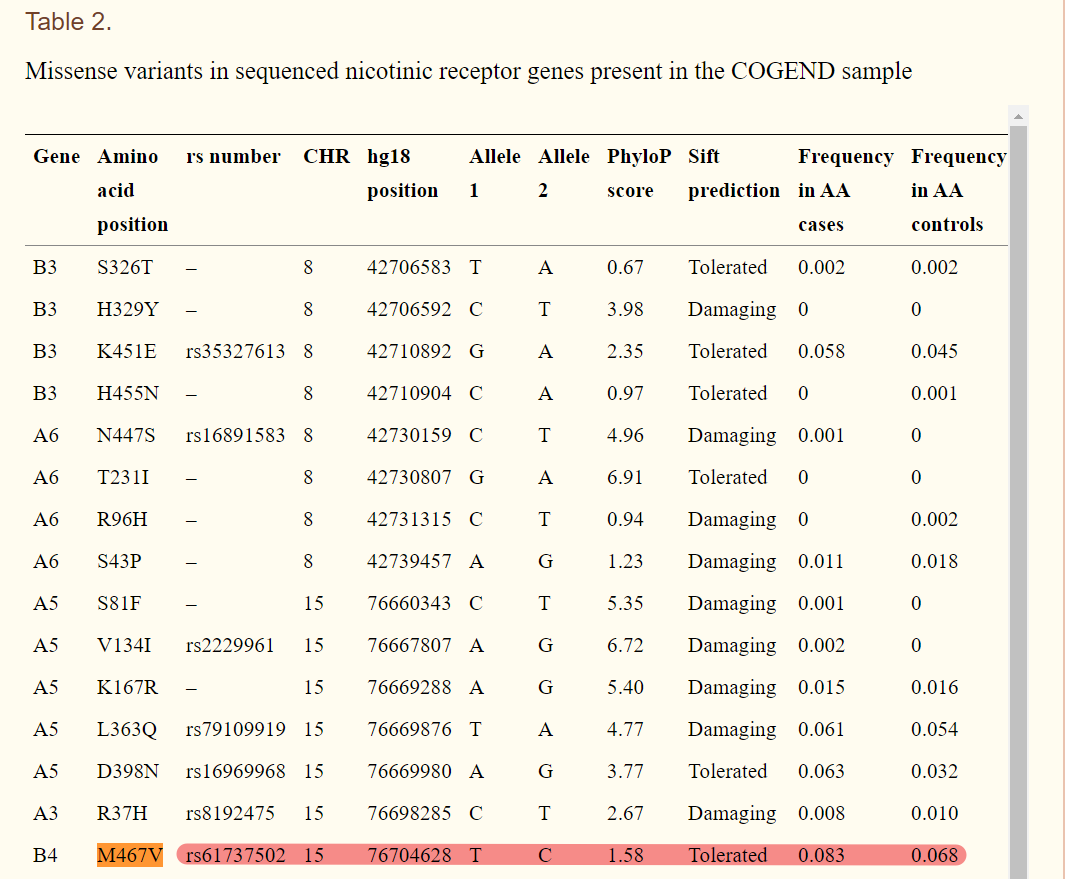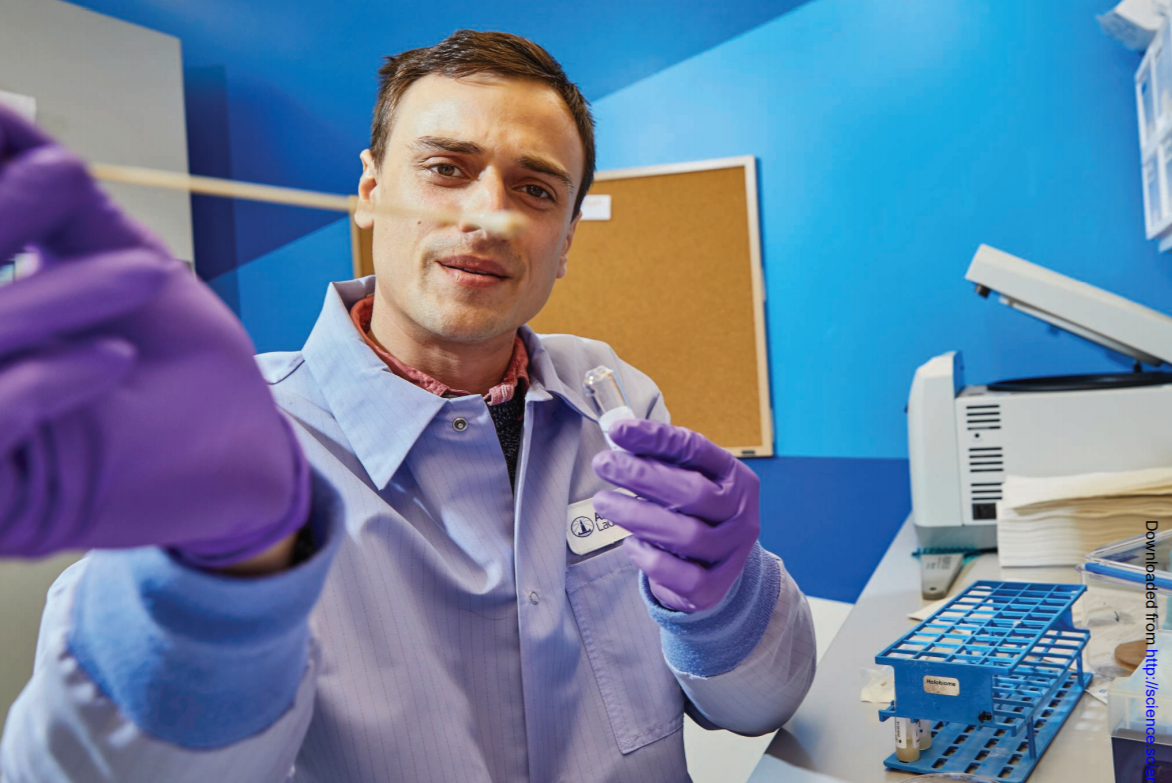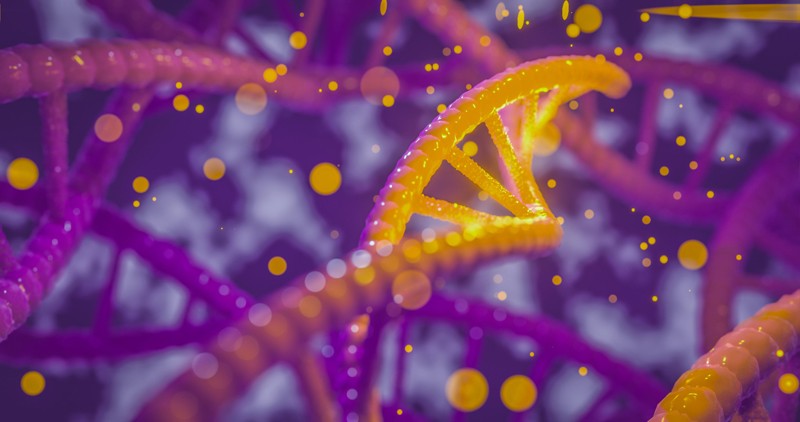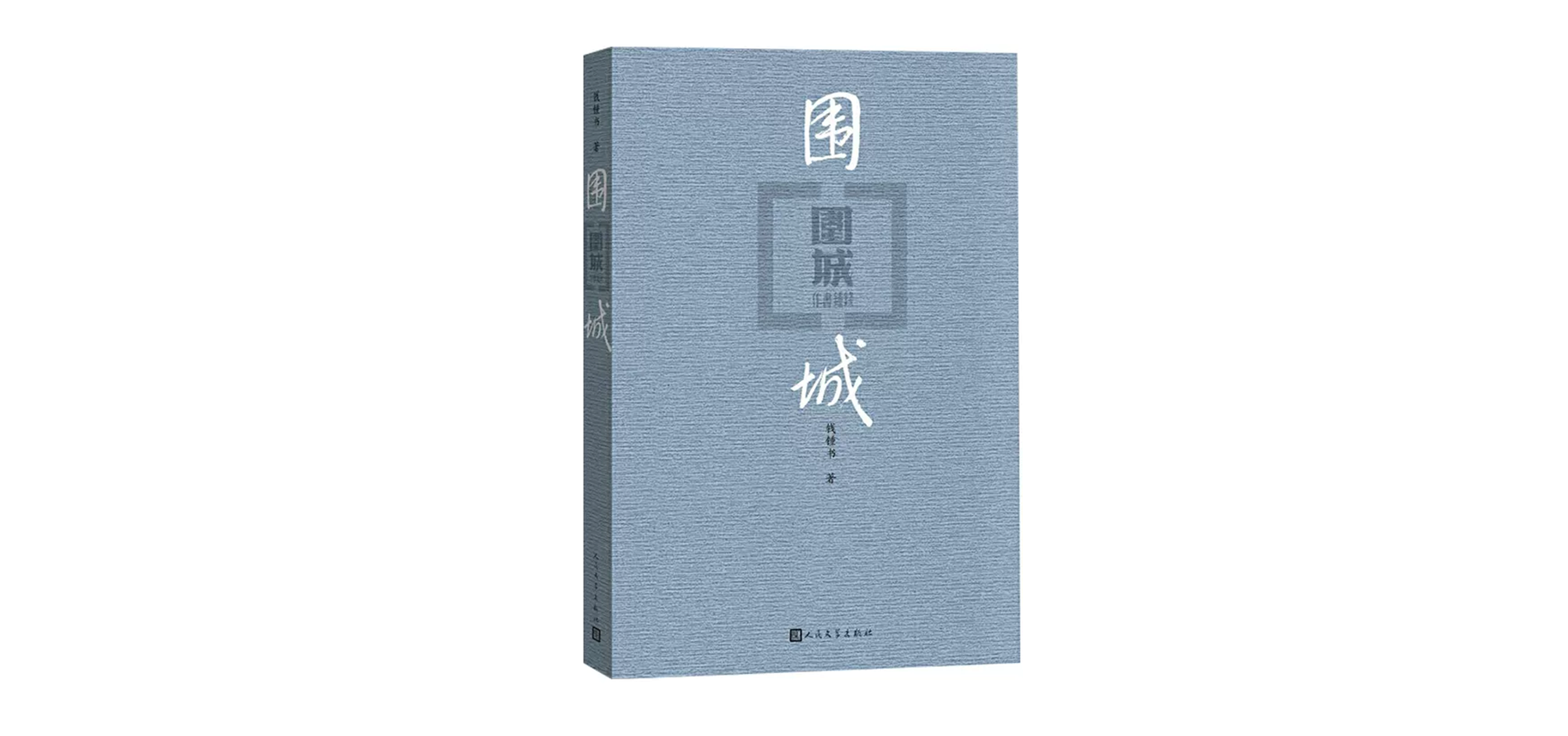每日外闻112
Rare missense variants in CHRNB4 are associated with reduced risk of nicotine dependence
这篇文章发表于2012年,数据可能比较过时,但本篇中的一个rare SNP又从最近的数据中找到了与成瘾的关联。
文意:
有很多GWAS研究表明CHRNA5-CHRNA3-CHRNB4 和 CHRNA6-CHRNB3基因簇和尼古丁依赖相关,但是这些基因簇上的rare SNP对尼古丁依赖的风险还没有被研究。文章对非裔美国人和欧洲裔尼古丁依赖性吸烟者和无依赖性症状的吸烟者进行了CHRNA5,CHRNA3,CHRNB4,CHRNA6和CHRNB3基因编码区和侧翼序列的测序数据汇总分析。发现CHRNB4和CHRNA3上的罕见变异与尼古丁依赖有关,携带这些突变的人和不携带这些变异的人相比,抽烟的量有差异。

原文:
Genome-wide association studies have identified common variation in the CHRNA5-CHRNA3-CHRNB4 and CHRNA6-CHRNB3 gene clusters that contribute to nicotine dependence. However, the role of rare variation in risk for nicotine dependence in these nicotinic receptor genes has not been studied. We undertook pooled sequencing of the coding regions and flanking sequence of the CHRNA5, CHRNA3, CHRNB4, CHRNA6 and CHRNB3 genes in African American and European American nicotine-dependent smokers and smokers without symptoms of dependence. Carrier status of individuals harboring rare missense variants at conserved sites in each of these genes was then compared in cases and controls to test for an association with nicotine dependence. Missense variants at conserved residues in CHRNB4 are associated with lower risk for nicotine dependence in African Americans and European Americans (AA P = 0.0025, odds-ratio (OR) = 0.31, 95% confidence-interval (CI) = 0.31-0.72; EA P = 0.023, OR = 0.69, 95% CI = 0.50-0.95). Furthermore, these individuals were found to smoke fewer cigarettes per day than non-carriers (AA P = 6.6 × 10(-5), EA P = 0.021). Given the possibility of stochastic differences in rare allele frequencies between groups replication of this association is necessary to confirm these findings. The functional effects of the two CHRNB4 variants contributing most to this association (T375I and T91I) and a missense variant in CHRNA3 (R37H) in strong linkage disequilibrium with T91I were examined in vitro. The minor allele of each polymorphism increased cellular response to nicotine (T375I P = 0.01, T91I P = 0.02, R37H P = 0.003), but the largest effect on in vitro receptor activity was seen in the presence of both CHRNB4 T91I and CHRNA3 R37H (P = 2 × 10(-6)).
See you tomorrow










